Novel Corrosion Inhibitor for Carbon Steel in Acidic Solutions Based on α-Aminophosphonate (Chemical, Electrochemical, and Quantum Studies)
Abstract
:1. Introduction
2. Results
2.1. Characterization of the Synthesized α-AP Compound
2.1.1. SEM Analysis
2.1.2. 1H NMR, 31P NMR, and 13C NMR Spectroscopies
2.1.3. Textural Analysis (BET)
2.2. Weight Loss Measurements
2.3. Electrochemical Measurements
2.4. Surface Morphological Study and Corrosion Inhibition Mechanism
2.5. FT-IR Analysis
2.6. Adsorption Isotherm
2.7. Theoretical Calculations
3. Materials and Methods
3.1. Chemicals and Materials
3.2. α-AP Compound Synthesis and Characterization
3.3. Weight Loss and Electrochemical Measurements
3.4. Theoretical Calculations
4. Discussion
5. Conclusions
Author Contributions
Funding
Institutional Review Board Statement
Informed Consent Statement
Data Availability Statement
Conflicts of Interest
References
- Deyab, M.A.; Mele, G.; Al-Sabagh, A.M.; Bloise, E.; Lomonaco, D.; Mazzetto, S.E.; Clemente, C.D.S. Synthesis and characteristics of alkyd resin/M-Porphyrins nanocomposite for corrosion protection application. Prog. Org. Coat. 2017, 105, 286–290. [Google Scholar] [CrossRef]
- Heakal, F.E.-T.; Deyab, M.A.; Osman, M.M.; Nessim, M.I.; Elkholy, A.E. Synthesis and assessment of new cationic gemini surfactants as inhibitors for carbon steel corrosion in oilfield water. RSC Adv. 2017, 7, 47335–47352. [Google Scholar] [CrossRef] [Green Version]
- Badr, E.E.; El-Shamy, O.A.A.; Ahmad, E.M.; Hilal, N.M. Synthesis of hydrazide derivatives and study their application as corrosion. Der Chem. Sin. 2014, 5, 161–168. [Google Scholar]
- Jiawei, K.; Yan, J.; Kunpeng, Z.; Pengju, R. Experimental investigation on the characteristics of acid-etched fractures in acid fracturing by an improved true tri-axial equipment. J. Pet. Sci. Eng. 2020, 184, 106471. [Google Scholar] [CrossRef]
- Tiu, B.D.B.; Advincula, R.C. Polymeric corrosion inhibitors for the oil and gas industry: Design principles and mechanism. React. Funct. Polym. 2015, 95, 25–45. [Google Scholar] [CrossRef]
- El-Shamy, O.A.A. Effectiveness of some nonionic surfactants as corrosion inhibitors for carbon steel in hydrochloric acid solution. Adv. Mater. Res. 2013, 787, 211–215. [Google Scholar] [CrossRef]
- Abd El-Rehim, S.S.; Hassan, H.H.; Deyab, M.A.; Abd El Moneim, A. Experimental and theoretical investigations of adsorption and inhibitive properties of Tween 80 on corrosion of aluminum alloy (A5754) in alkaline media. Z. Phys. Chem. 2016, 230, 67–78. [Google Scholar] [CrossRef]
- El-Shamy, O.A.A.; Deyab, M.A. Improvement of the corrosion resistance of epoxy coatings with the use of a novel zinc oxide-alginate nanoparticles compound. Mater. Lett. 2023, 331, 133402. [Google Scholar] [CrossRef]
- Nessim, M.I.; Zaky, M.T.; Deyab, M.A. Three new gemini ionic liquids: Synthesis, characterizations and anticorrosion applications. J. Mol. Liq. 2018, 266, 703–710. [Google Scholar] [CrossRef]
- Sasikumar, Y.; Adekunle, A.S.; Olasunkanmi, L.O.; Bahadur, I.; Baskar, R.; Kabanda, M.M.; Obot, I.B.; Ebenso, E.E. Experimental, quantum chemical and Monte Carlo simulation studies on the corrosion inhibition of some alkyl imidazolium ionic liquids containing tetrafluoroborate anion on mild steel in acidic medium. J. Mol. Liq. 2015, 211, 105–118. [Google Scholar] [CrossRef]
- Singh, A.; Ansari, K.R.; Chauhan, D.S.; Quraishi, M.A.; Lgaz, H.; Chung, I.-M. Comprehensive investigation of steel corrosion inhibition at macro/micro level by ecofriendly green corrosion inhibitor in 15% HCl medium. J. Colloid Interface Sci. 2020, 560, 225–236. [Google Scholar] [CrossRef] [PubMed]
- El-Shamy, O.A.A.; Al-Ayed, A.S. Investigation of the Inhibitive Effect of Hexatriethanolamine Derivatives on Corrosion of Carbon Steel Pipelines in 1M HCI. Adv. Mater. Res. 2013, 857, 216–221. [Google Scholar] [CrossRef]
- Mir, M.A.; Bhat, M.A.; Majid, S.A.; Lone, S.H.; Malla, M.A.; Tiwari, K.R.; Pandit, A.H.; Tomar, R.; Bhat, R.A. Studies on the synthesis and characterization of polyaniline-zeolite nanostructures and their role in carbon monoxide sensing. J. Environ. Chem. Eng. 2018, 6, 1137–1146. [Google Scholar] [CrossRef]
- Díaz-Castillo, C. Junk DNA contribution to evolutionary capacitance can drive species dynamics. Evol. Biol. 2017, 44, 190–205. [Google Scholar] [CrossRef]
- Prabakaran, M.; Vadivu, K.; Ramesh, S.; Periasamy, V. Corrosion protection of mild steel by a new phosphonate inhibitor system in aqueous solution. Egypt. J. Pet. 2014, 23, 367–377. [Google Scholar] [CrossRef] [Green Version]
- Elsherbiny, D.A.; Abdelgawad, A.M.; El-Naggar, M.E.; El-Sherbiny, R.A.; El-Rafie, M.H.; El-Sayed, I.E.-T. Synthesis, antimicrobial activity, and sustainable release of novel α-aminophosphonate derivatives loaded carrageenan cryogel. Int. J. Biol. Macromol. 2020, 163, 96–107. [Google Scholar] [CrossRef]
- Galhoum, A.A.; Eisa, W.H.; El-Sayed, I.E.-T.; Tolba, A.; Shalaby, Z.M.; Mohamady, S.I.; Muhammad, S.S.; Hussien, S.S.; Akashi, T.; Guibal, E. A new route for manufacturing poly (aminophosphonic)-functionalized poly (glycidyl methacrylate)-magnetic nanocomposite-Application to uranium sorption from ore leachate. Environ. Pollut. 2020, 264, 114797. [Google Scholar] [CrossRef]
- Mahmoud, M.E.; Adel, S.E.; El Sayed, I.E. Development of titanium oxide-bound-α-aminophosphonate nanocomposite for adsorptive removal of lead and copper from aqueous solution. Water Resour. Ind. 2020, 23, 100126. [Google Scholar] [CrossRef]
- Morshedy, A.S.; Galhoum, A.A.; Aleem, A.A.H.A.; El-Din, M.T.S.; Okaba, D.M.; Mostafa, M.; Mira, H.I.; Yang, Z.; El-Sayed, I.E. Functionalized aminophosphonate chitosan-magnetic nanocomposites for Cd (II) removal from aqueous solutions: Performance and mechanisms of sorption. Appl. Surf. Sci. 2021, 561, 150069. [Google Scholar] [CrossRef]
- Fouda, S.R.; El-Sayed, I.E.; Attia, N.F.; Abdeen, M.M.; Abdel Aleem, A.A.H.; Nassar, I.F.; Mira, H.I.; Gawad, E.A.; Kalam, A.; Al-Ghamdi, A.A.; et al. Mechanistic study of Hg (II) interaction with three different α-aminophosphonate adsorbents: Insights from batch experiments and theoretical calculations. Chemosphere 2022, 304, 134253. [Google Scholar] [CrossRef]
- Rashad, M.M.; El-Sayed, I.E.; Galhoum, A.A.; Abdeen, M.M.; Mira, H.I.; Elshehy, E.A.; Zhang, S.; Lu, X.; Xin, J.; Guibal, E. Synthesis of α-aminophosphonate based sorbents–Influence of inserted groups (carboxylic vs. amine) on uranyl sorption. Chem. Eng. J. 2021, 421, 127830. [Google Scholar] [CrossRef]
- Deyab, M.A. Understanding the anti-corrosion mechanism and performance of ionic liquids in desalination, petroleum, pickling, de-scaling, and acid cleaning applications. J. Mol. Liq. 2020, 309, 113107. [Google Scholar] [CrossRef]
- Shi, W.; Sahoo, Y.; Swihart, M.T. Colloids and Surfaces A: Physicochem. Eng. Asp. 2008, 313, 604–607. [Google Scholar]
- Obot, I.B.; Macdonald, D.D.; Gasem, Z.M. Density functional theory (DFT) as a powerful tool for designing new organic corrosion inhibitors. Part 1: An overview. Corros. Sci. 2015, 99, 1–30. [Google Scholar] [CrossRef]
- Deyab, M.A.; Mele, G. Stainless steel bipolar plate coated with polyaniline/Zn-Porphyrin composites coatings for proton exchange membrane fuel cell. Sci. Rep. 2020, 10, 3277. [Google Scholar] [CrossRef] [Green Version]
- Deyab, M.A.; Hamdi, N.; Lachkar, M.; El Bali, B. Clay/phosphate/epoxy nanocomposites for enhanced coating activity towards corrosion resistance. Prog. Org. Coat. 2018, 123, 232–237. [Google Scholar] [CrossRef]
- Abdel-karim, A.M.; Shahen, S.; Elsisi, D.M.; Hyba, A.M.; El-Shamy, O.A.A. Experimental and Theoretical Studies of Corrosion Resistance Enhancement of Carbon Steel in 1 M HCl by Quinoxalinosulfonamide Hybrid-Bearing Theophylline Moiety. J. Bio- Tribo-Corros. 2022, 8, 70. [Google Scholar] [CrossRef]
- Zarrok, H.; Al-Deyab, S.S.; Zarrouk, A.; Salghi, R.; Hammouti, B.; Oudda, H.; Bouachrine, M.; Bentiss, F. Thermodynamic characterisation and density functional theory investigation of 1, 1′, 5, 5′-tetramethyl-1H, 1′ H-3, 3′-bipyrazole as corrosion inhibitor of C38 steel corrosion in HCl. Int. J. Electrochem. 2012, 7, 4047–4063. [Google Scholar]
- Gupta, N.K.; Verma, C.; Salghi, R.; Lgaz, H.; Mukherjee, A.K.; Quraishi, M.A. New phosphonate based corrosion inhibitors for mild steel in hydrochloric acid useful for industrial pickling processes: Experimental and theoretical approach. New J. Chem. 2017, 41, 13114–13129. [Google Scholar] [CrossRef]
- Zhang, Y.; Cheng, Y.; Ma, F.; Cao, K. Corrosion Inhibition of Carbon Steel by 1-Phenyl-3-Amino-5-Pyrazolone in H2SO4 Solution. Int. J. Electrochem. Sci. 2019, 14, 999–1008. [Google Scholar] [CrossRef]
- El Hamdani, N.; Fdil, R.; Tourabi, M.; Jama, C.; Bentiss, F. Alkaloids extract of Retama monosperma (L.) Boiss. seeds used as novel eco-friendly inhibitor for carbon steel corrosion in 1 M HCl solution: Electrochemical and surface studies. Appl. Surf. Sci. 2015, 357, 1294–1305. [Google Scholar] [CrossRef]
- Zhang, C.; Zhao, J. Synergistic inhibition effects of octadecylamine and tetradecyl trimethyl ammonium bromide on carbon steel corrosion in the H2S and CO2 brine solution. Corros. Sci. 2017, 126, 247–254. [Google Scholar] [CrossRef]
- Popova, A.; Christov, M.; Vasilev, A. Inhibitive properties of quaternary ammonium bromides of N-containing heterocycles on acid mild steel corrosion. Part II: EIS results. Corros. Sci. 2007, 49, 3290–3302. [Google Scholar] [CrossRef]
- Deyab, M.A.; Fouda, A.S.; Osman, M.M.; Abdel-Fattah, S. Mitigation of acid corrosion on carbon steel by novel pyrazolone derivatives. RSC Adv. 2017, 7, 45232–45240. [Google Scholar] [CrossRef] [Green Version]
- Umoren, S.A.; Ogbobe, O.; Igwe, I.O.; Ebenso, E.E. Inhibition of mild steel corrosion in acidic medium using synthetic and naturally occurring polymers and synergistic halide additives. Corros. Sci. 2008, 50, 1998–2006. [Google Scholar] [CrossRef]
- Deyab, M.A. Anticorrosion properties of nanocomposites coatings: A critical review. J. Mol. Liq. 2020, 313, 113533. [Google Scholar] [CrossRef]
- Deyab, M.A. The influence of different variables on the electrochemical behavior of mild steel in circulating cooling water containing aggressive anionic species. J. Solid State Electrochem. 2009, 13, 1737–1742. [Google Scholar] [CrossRef]
- El-Shamy, O.A.A. Semiempirical Theoretical Studies of 1, 3-Benzodioxole Derivatives as Corrosion Inhibitors. Int. J. Corros. 2017, 2017, 8915967. [Google Scholar] [CrossRef]
- Abdallah, M.; Gad, E.A.M.; Al-Fahemi, J.H.; Sobhi, M. Experimental and theoretical investigation by DFT on the some azole antifungal drugs as green corrosion inhibitors for aluminum in 1.0 M HCl. Prot. Met. Phys. Chem. Surfaces 2018, 54, 503–512. [Google Scholar] [CrossRef]

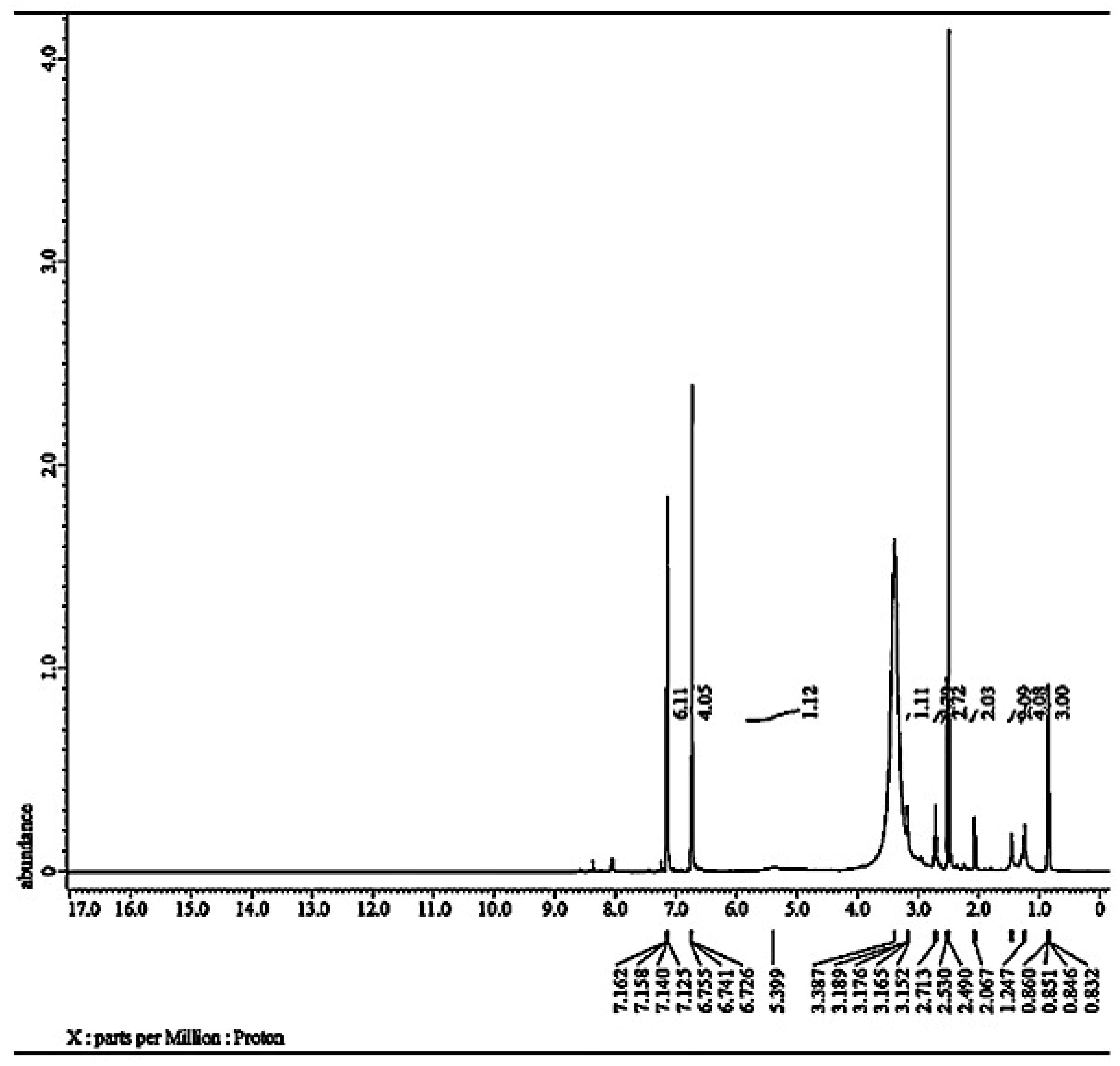
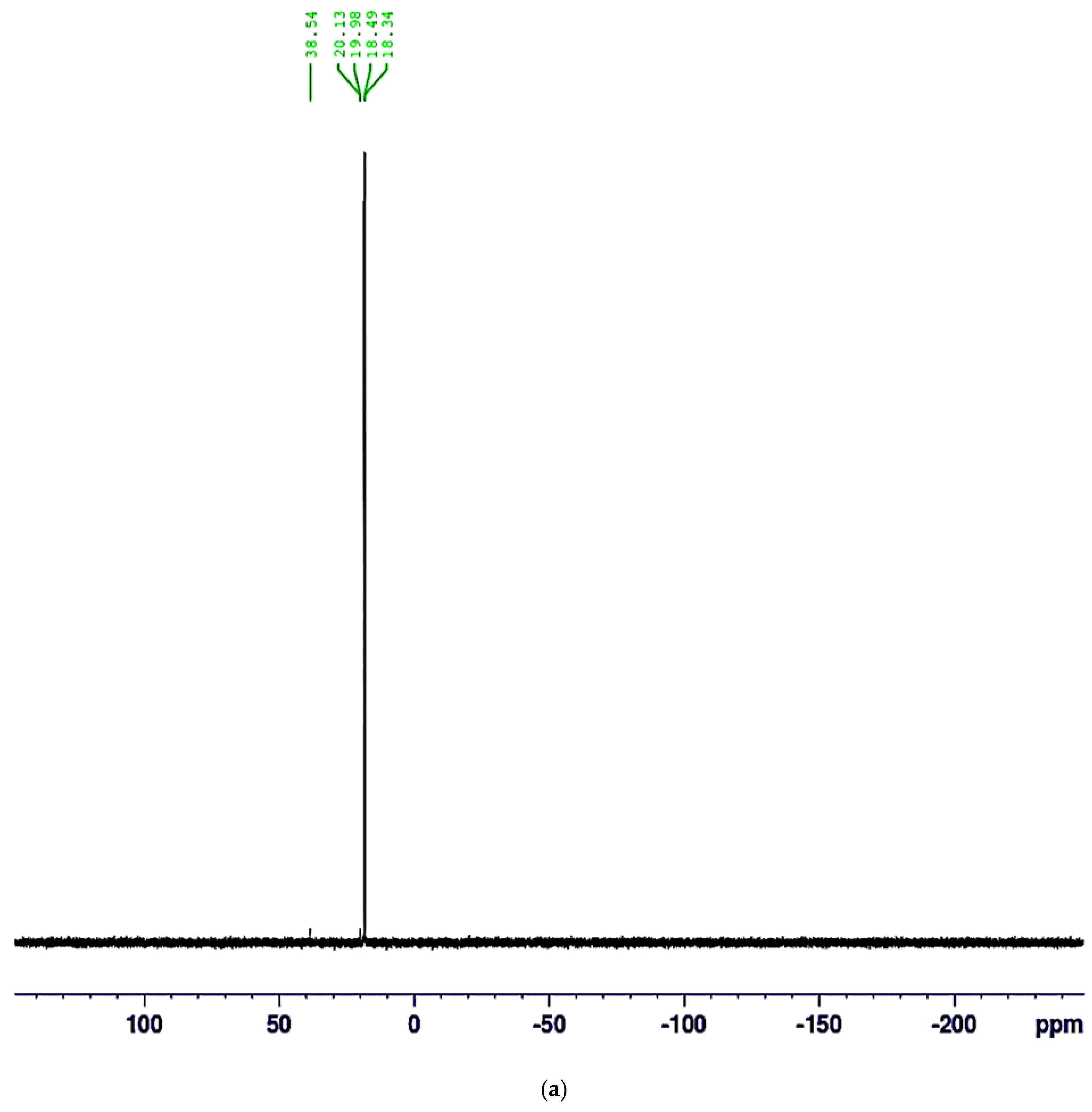
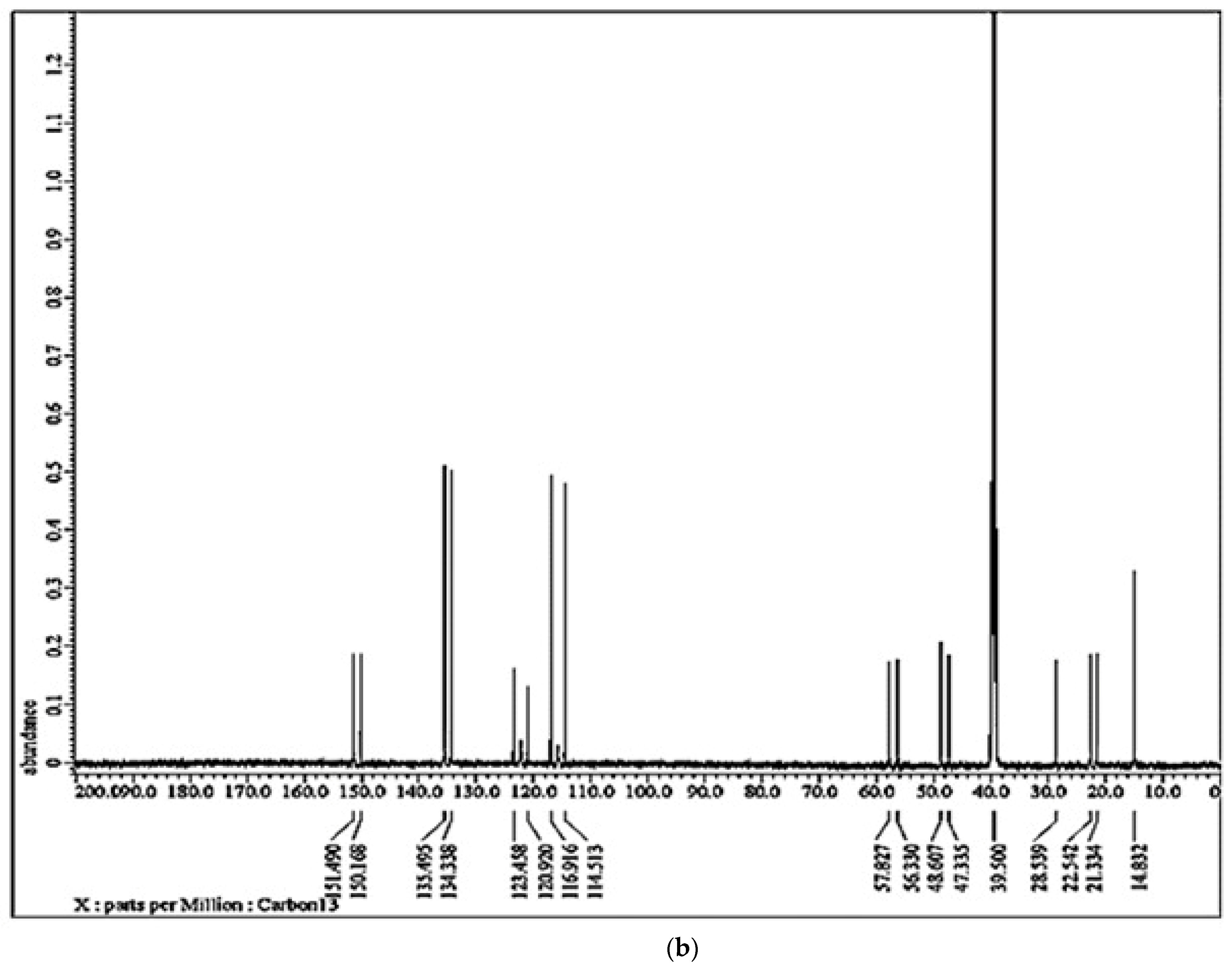

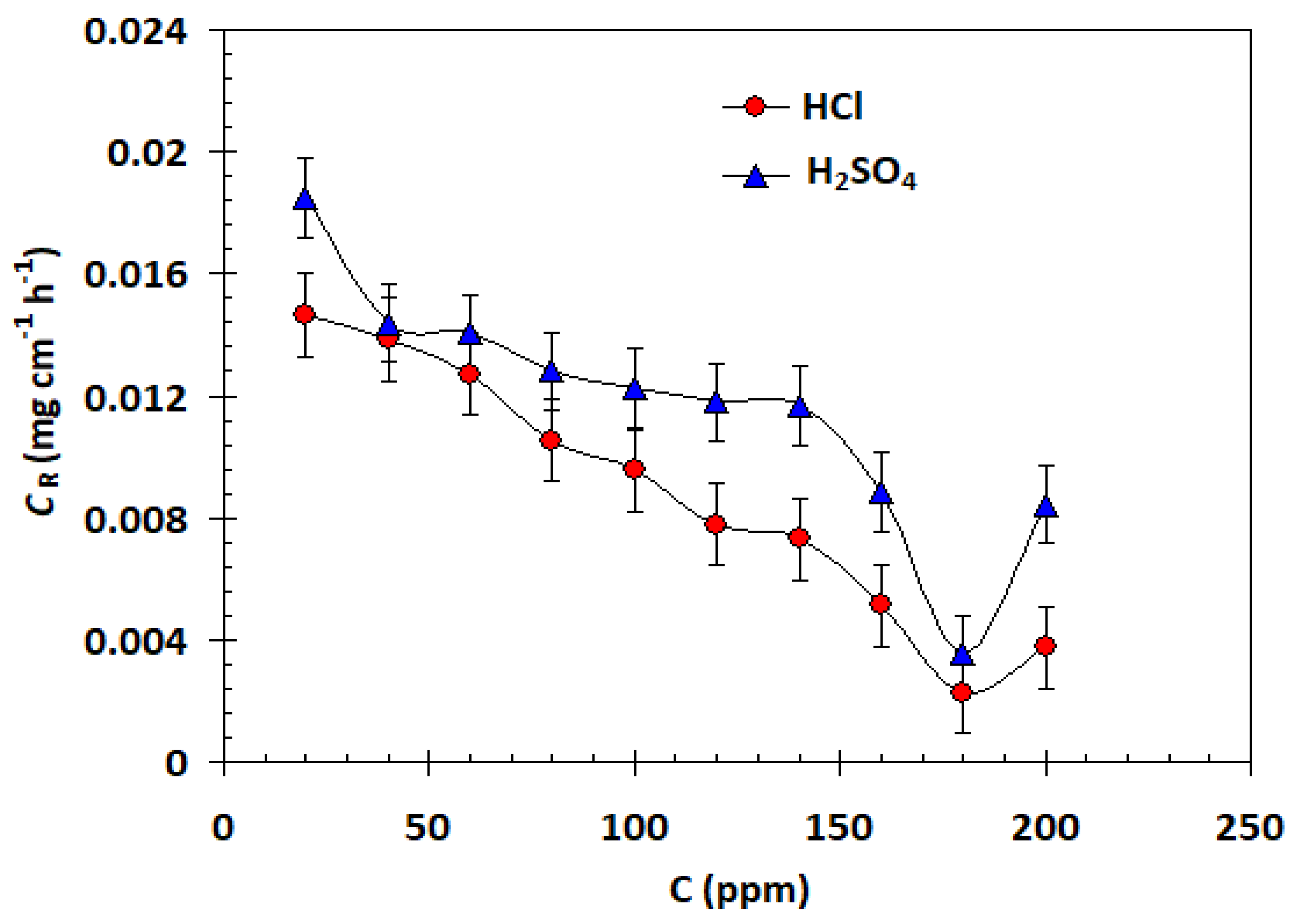

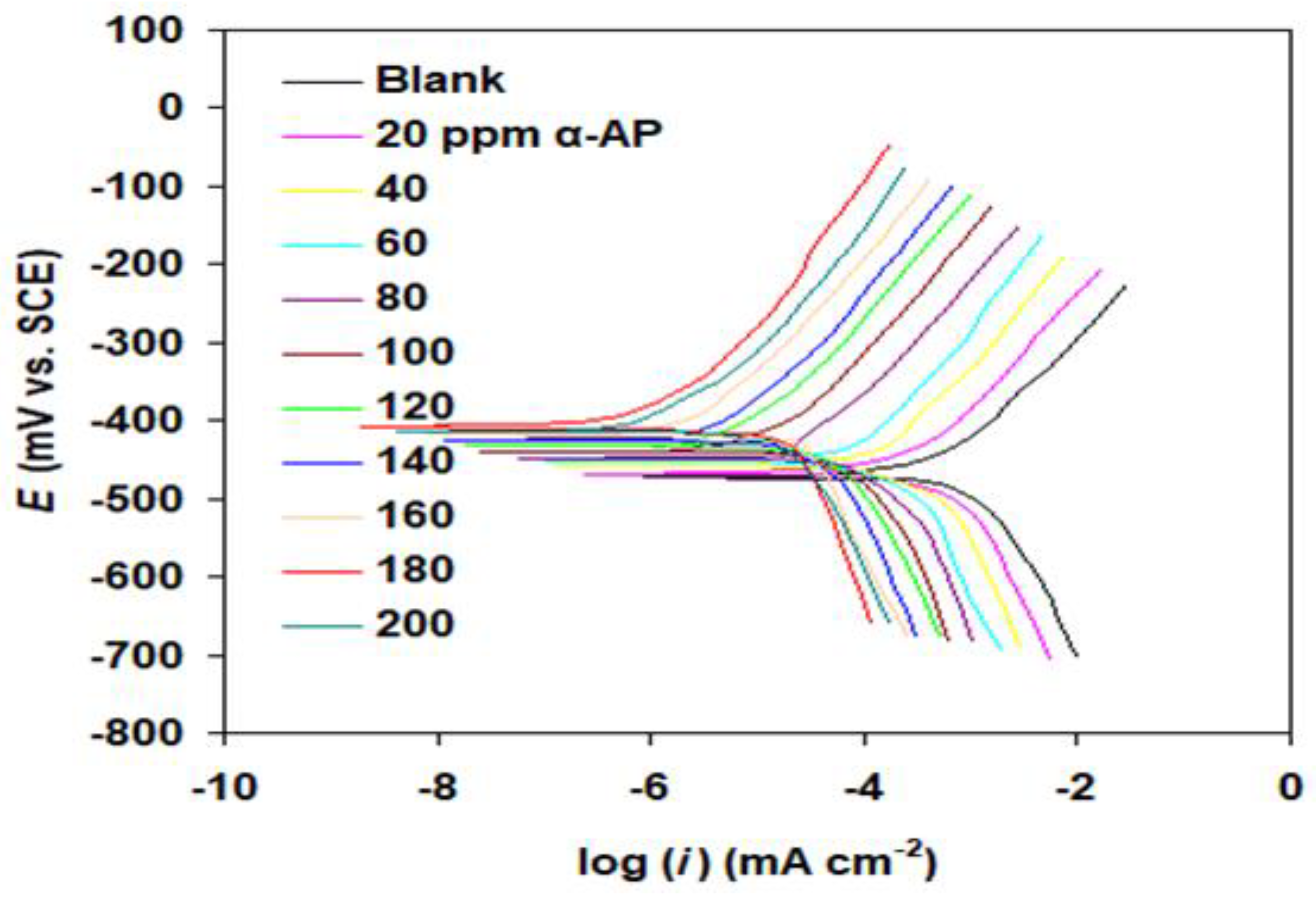

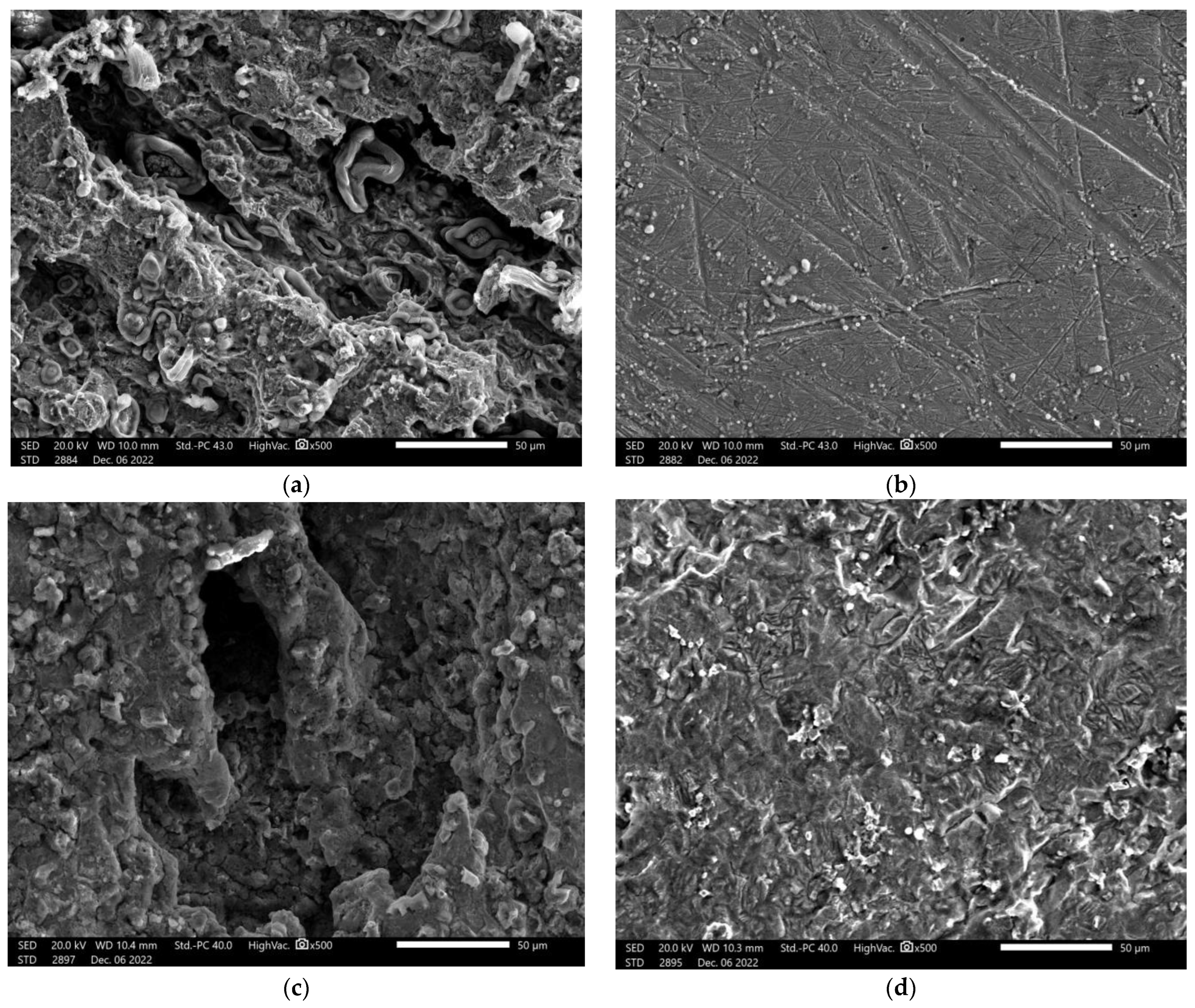


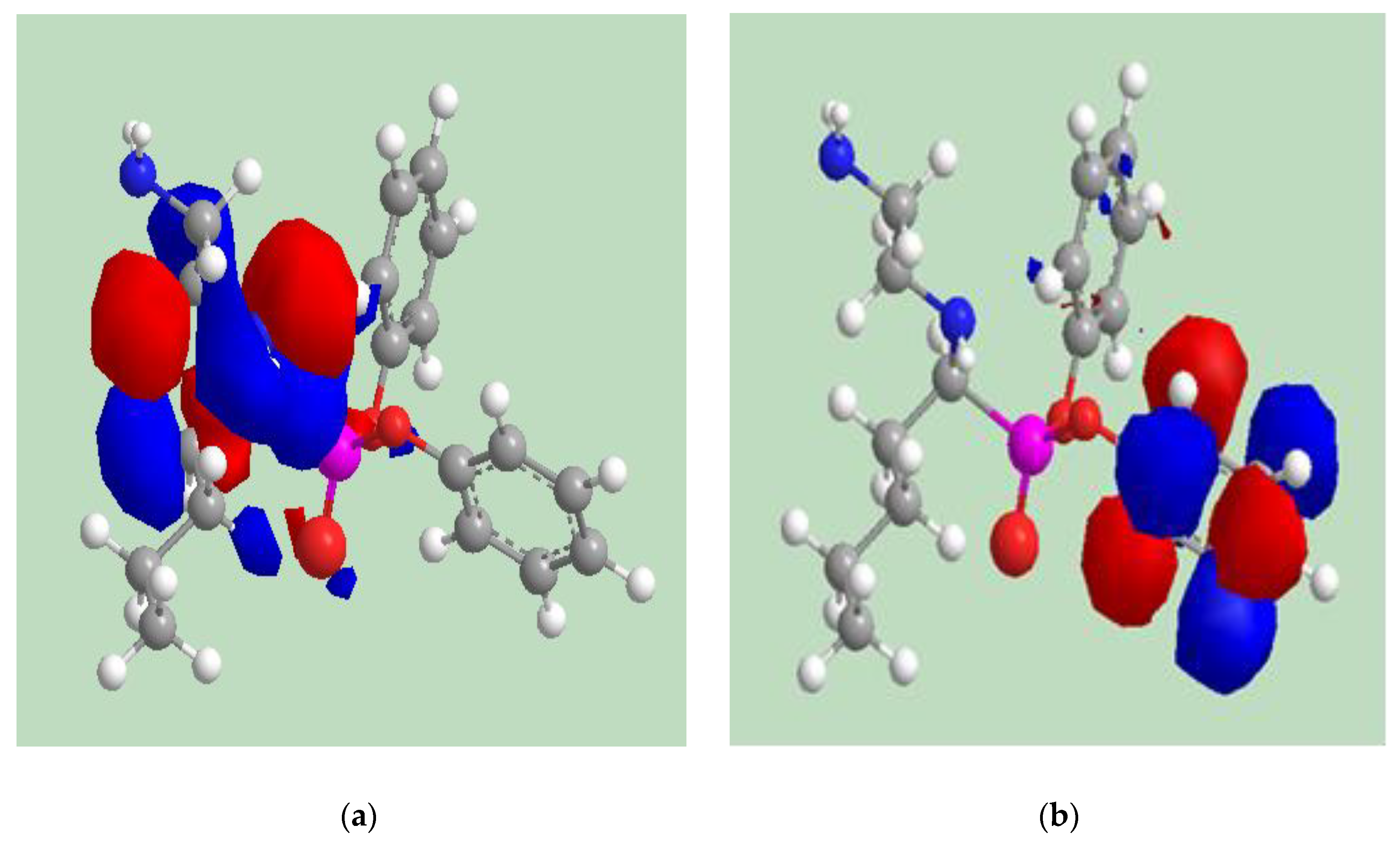


| Solution | α-AP Conc. | Ecorr. | ba | −bc | icorr. | Ep% |
|---|---|---|---|---|---|---|
| mV (SCE) | (mV dec−1) | (mV dec−1) | μA cm−2 | |||
| 1 M HCl | Blank | −470 | 112 | 143 | 754.8 | - |
| 20 | −468 | 110 | 150 | 521.3 | 30.9 | |
| 40 | −458 | 89 | 152 | 483.8 | 35.9 | |
| 60 | −449 | 97 | 143 | 435.5 | 42.3 | |
| 80 | −439 | 99 | 137 | 365.3 | 51.6 | |
| 100 | −432 | 102 | 132 | 302.6 | 59.9 | |
| 120 | −424 | 108 | 165 | 269.4 | 64.3 | |
| 140 | −418 | 116 | 132 | 218.8 | 71.0 | |
| 160 | −415 | 78 | 126 | 131 | 82.6 | |
| 180 | −409 | 74 | 122 | 57.3 | 92.4 | |
| 200 | −412 | 87 | 145 | 73.9 | 90.2 | |
| 1 M H2SO4 | Blank | −490 | 99 | 137 | 823.7 | - |
| 20 | −482 | 97 | 132 | 517.2 | 37.2 | |
| 40 | −452 | 102 | 129 | 475.2 | 42.3 | |
| 60 | −443 | 89 | 143 | 418.4 | 49.2 | |
| 80 | −430 | 76 | 122 | 496.4 | 60.2 | |
| 100 | −428 | 75 | 146 | 257.8 | 68.7 | |
| 120 | −418 | 73 | 127 | 211.6 | 74.3 | |
| 140 | −413 | 83 | 129 | 170.5 | 79.3 | |
| 160 | −412 | 95 | 122 | 113.6 | 86.2 | |
| 180 | −389 | 78 | 119 | 35.4 | 95.7 | |
| 200 | −402 | 83 | 142 | 48.5 | 94.1 |
| Medium | Composition | |||||
|---|---|---|---|---|---|---|
| Fe | O | Cl | S | N | P | |
| 1.0 M HCl | 69.35 | 23.62 | 1.1 | ----- | ----- | ----- |
| 1.0 M HCl + 180 ppm α-AP | 80.57 | 12.42 | 0.17 | ----- | 0.43 | 0.12 |
| 1.0 M H2SO4 | 57.4 | 30.13 | ----- | 2.34 | ----- | ----- |
| 1.0 M H2SO4 + 180 ppm α-AP | 74.34 | 18.27 | ----- | 1.35 | 0.2 | 0.63 |
| Atom | Charge | Atom | Charge | Atom | Charge | Atom | Charge | Atom | Charge |
|---|---|---|---|---|---|---|---|---|---|
| P(1) | 2.077 | C(6) | −0.091 | C(11) | 0.020 | C(16) | −0.022 | C(21) | −0.120 |
| O(2) | −1.172 | N(7) | −0.202 | C(12) | 0.038 | C(17) | −0.094 | C(22) | −0.023 |
| O(3) | −0.370 | C(8) | −0.090 | N(13) | −0.288 | C(18) | −0.021 | C(23) | −0.095 |
| O(4) | −0.366 | C(9) | −0.046 | C(14) | 0.276 | C(19) | −0.120 | C(24) | −0.023 |
| C(5) | −0.158 | C(10) | −0.129 | C(15) | −0.131 | C(20) | 0.275 | C(25) | −0.149 |
Disclaimer/Publisher’s Note: The statements, opinions and data contained in all publications are solely those of the individual author(s) and contributor(s) and not of MDPI and/or the editor(s). MDPI and/or the editor(s) disclaim responsibility for any injury to people or property resulting from any ideas, methods, instructions or products referred to in the content. |
© 2023 by the authors. Licensee MDPI, Basel, Switzerland. This article is an open access article distributed under the terms and conditions of the Creative Commons Attribution (CC BY) license (https://creativecommons.org/licenses/by/4.0/).
Share and Cite
Deyab, M.A.; Abdeen, M.M.; Hussien, M.; E. El-Sayed, I.; Galhoum, A.; El-Shamy, O.A.A.; Abd Elfattah, M. Novel Corrosion Inhibitor for Carbon Steel in Acidic Solutions Based on α-Aminophosphonate (Chemical, Electrochemical, and Quantum Studies). Molecules 2023, 28, 4962. https://doi.org/10.3390/molecules28134962
Deyab MA, Abdeen MM, Hussien M, E. El-Sayed I, Galhoum A, El-Shamy OAA, Abd Elfattah M. Novel Corrosion Inhibitor for Carbon Steel in Acidic Solutions Based on α-Aminophosphonate (Chemical, Electrochemical, and Quantum Studies). Molecules. 2023; 28(13):4962. https://doi.org/10.3390/molecules28134962
Chicago/Turabian StyleDeyab, M. A., Marwa M. Abdeen, Mohamed Hussien, Ibrahim E. El-Sayed, Ahmed Galhoum, Omnia A. A. El-Shamy, and Marwa Abd Elfattah. 2023. "Novel Corrosion Inhibitor for Carbon Steel in Acidic Solutions Based on α-Aminophosphonate (Chemical, Electrochemical, and Quantum Studies)" Molecules 28, no. 13: 4962. https://doi.org/10.3390/molecules28134962
APA StyleDeyab, M. A., Abdeen, M. M., Hussien, M., E. El-Sayed, I., Galhoum, A., El-Shamy, O. A. A., & Abd Elfattah, M. (2023). Novel Corrosion Inhibitor for Carbon Steel in Acidic Solutions Based on α-Aminophosphonate (Chemical, Electrochemical, and Quantum Studies). Molecules, 28(13), 4962. https://doi.org/10.3390/molecules28134962






